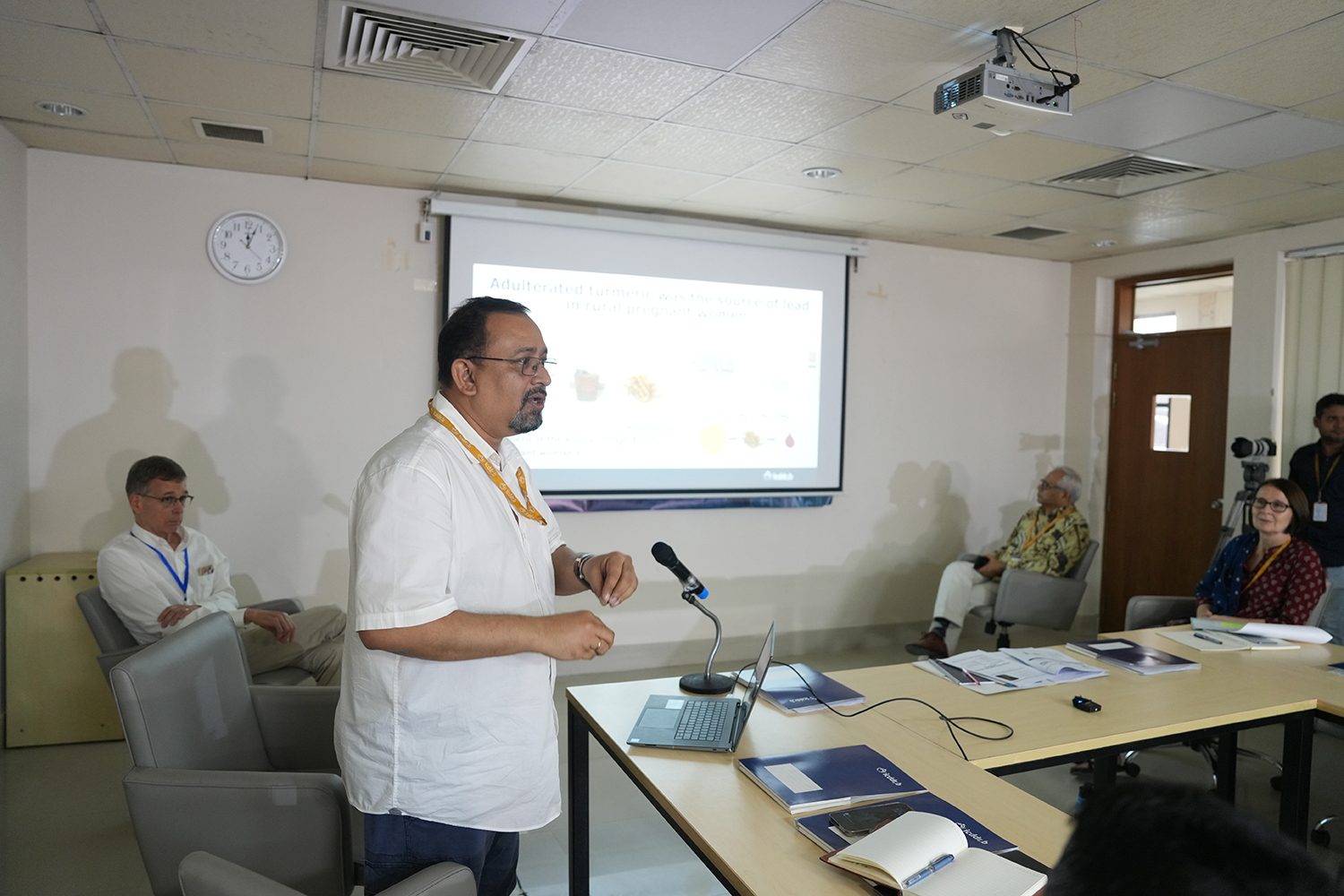Urgent Action Needed to Shield Dhaka’s Children From Industrial Lead

DHAKA, Bangladesh — 6 August 2025 | At a forum titled “Fighting Lead Poisoning in Bangladesh: Progress Made, Challenges Ahead,” public-health experts warned that lead contamination remains a silent but devastating threat—especially for children living near polluting factories.
Why Lead Is So Dangerous
- No safe level: Even trace amounts can damage the brain and nervous system.
- Highest risk groups: Lead crosses the placenta, endangering fetuses, and it disproportionately harms young children.
- A global hotspot: UNICEF ranks Bangladesh fourth-worst in the world for childhood lead exposure, affecting an estimated 36 million children.
- What the Data Show
- Historic findings (2009–2012): Eighty-seven percent of Dhaka-slum children under two had blood lead levels above 50 µg/L, a concentration closely linked to stunted growth.
- Latest study (2022–2024): Among 500 Dhaka children aged two to four, the median level was 67 µg/L; 98 percent exceeded the U. S. CDC’s alert threshold of 35 µg/L.
- Industrial impact: Children living within one kilometre of lead-related factories showed blood lead levels 43 percent higher than peers living five kilometres away.

Major Sources of Contamination
- Battery-recycling and lead-smelting plants
- Lead-based paints
- Household dust and contaminated soil
- Certain cosmetics and metal cookware
- Indoor smoking
A Success Story: Cleaning Up Turmeric
Research by icddr,b and Stanford University revealed that some traders were dyeing turmeric with lead chromate. Following public campaigns, market inspections, and new regulations, the share of contaminated samples fell from 47 percent in 2019 to almost zero by 2021.
Remaining Hotspots Require Urgent Action
Speakers urged authorities to relocate or remediate high-risk industrial sites around Dhaka. Rapid intervention, they argued, could sharply lower lead exposure in surrounding communities and prevent lifelong cognitive damage.
Voices From the Forum
- Prof. Steve Luby, Stanford University: “Lead steals IQ points from every exposed child, shrinking Bangladesh’s future potential.”
- Dr Jesmin Sultana, icddr,b: “Every child we tested had detectable lead in their blood—this is unacceptable.”
- Dr Tahmeed Ahmed, Executive Director, icddr,b: “We cannot allow this hidden crisis to hold back an entire generation.”
About the Event
Hosted by icddr,b, the discussion brought together local journalists, public-health researchers, and international collaborators, all of whom committed to accelerating joint efforts in policy, enforcement, and public awareness.





















